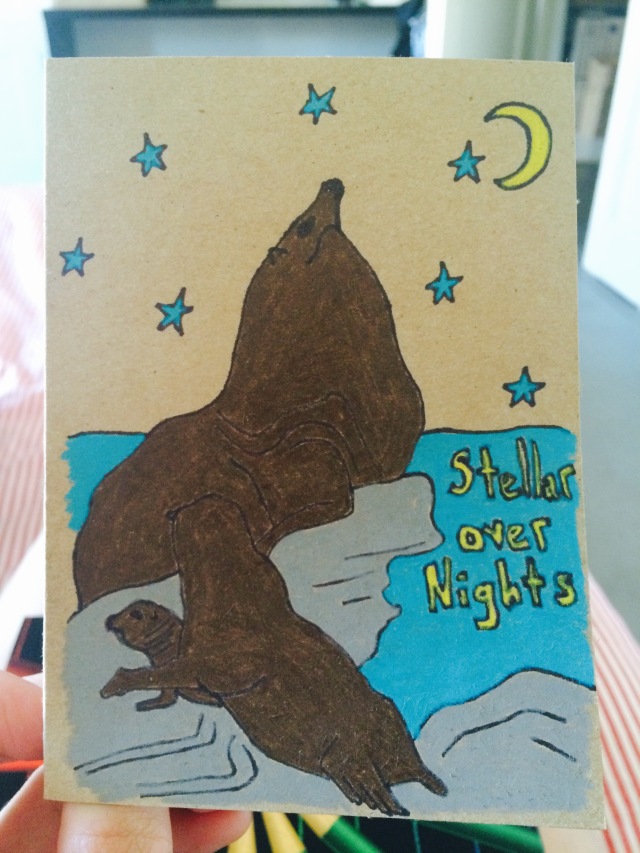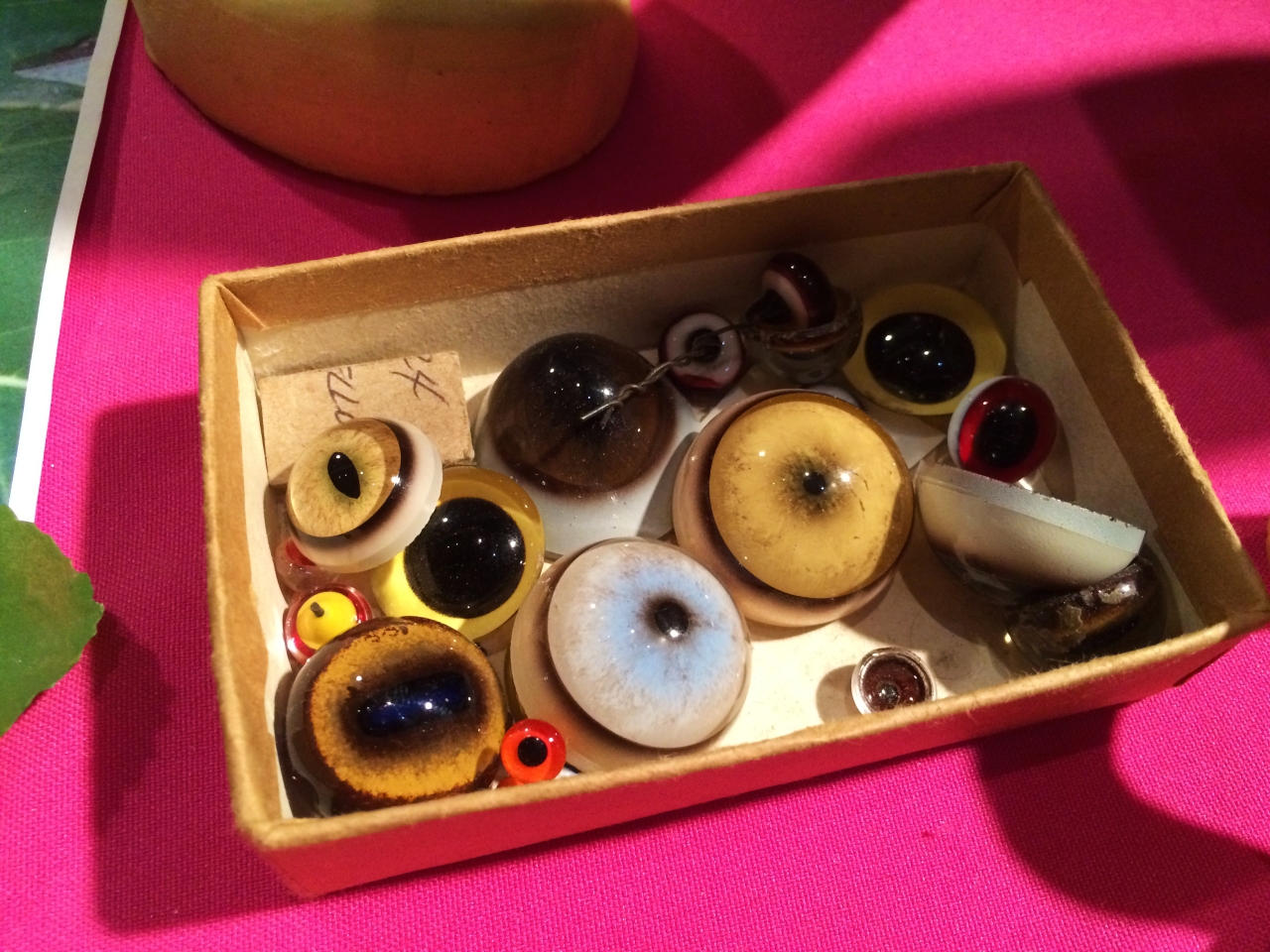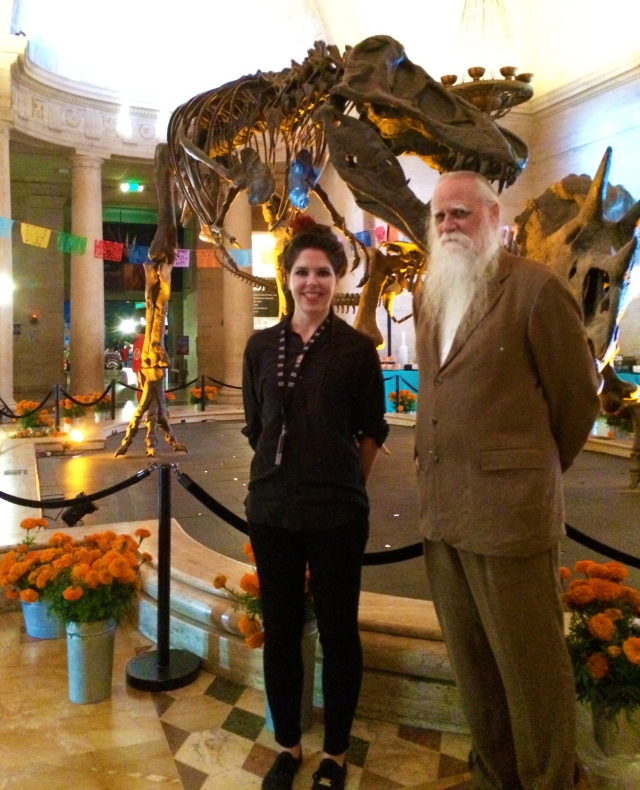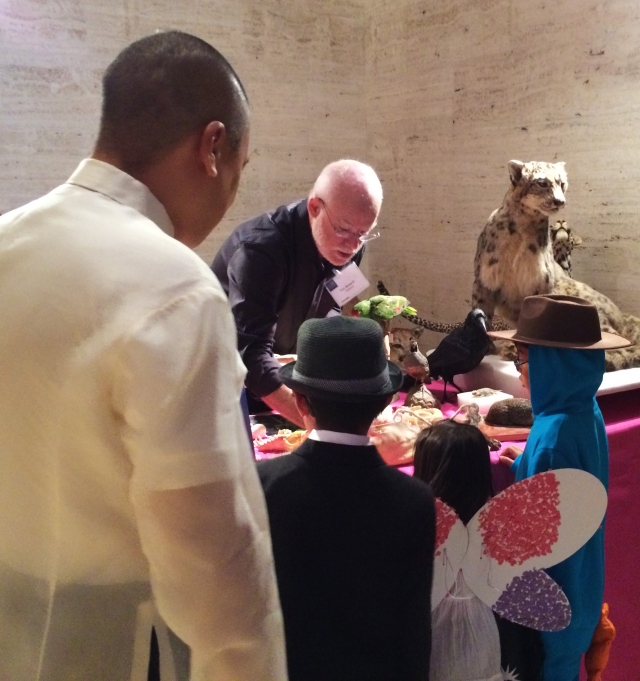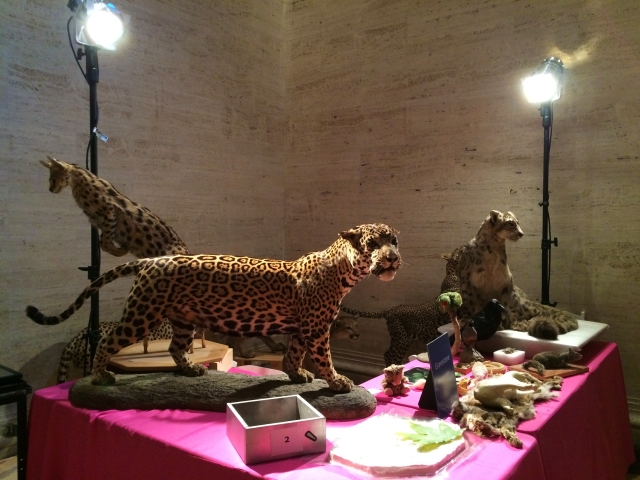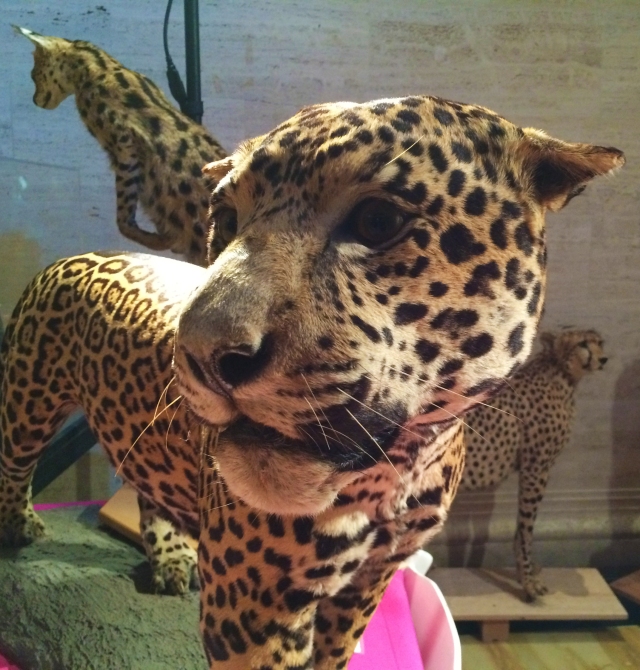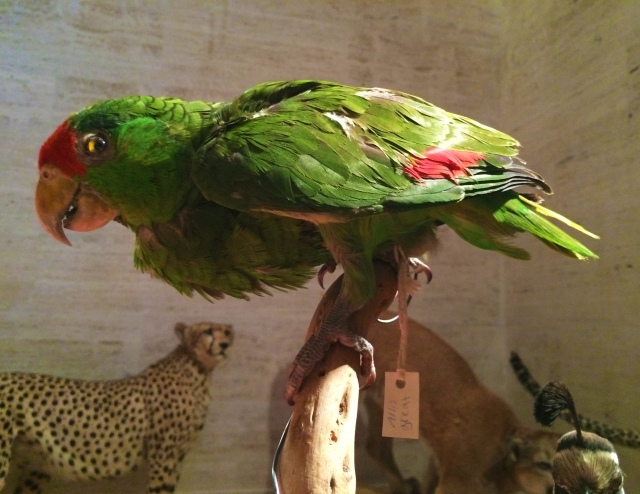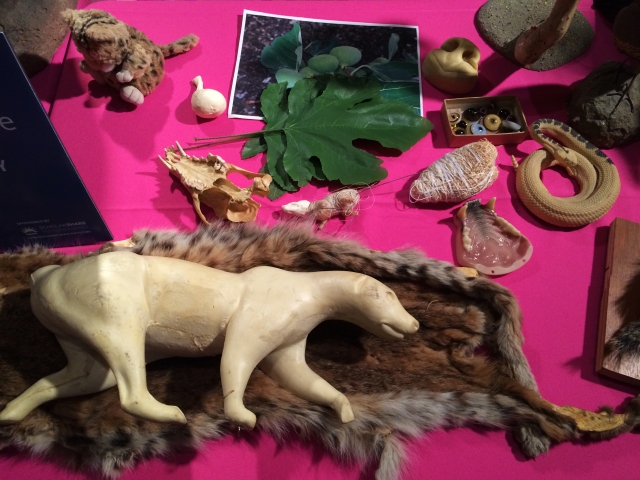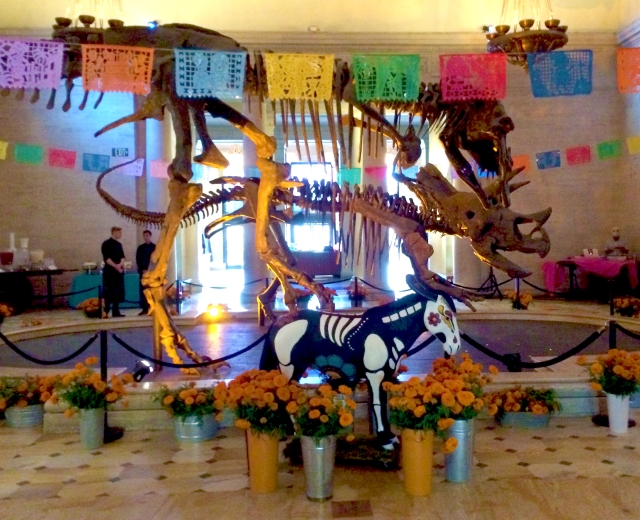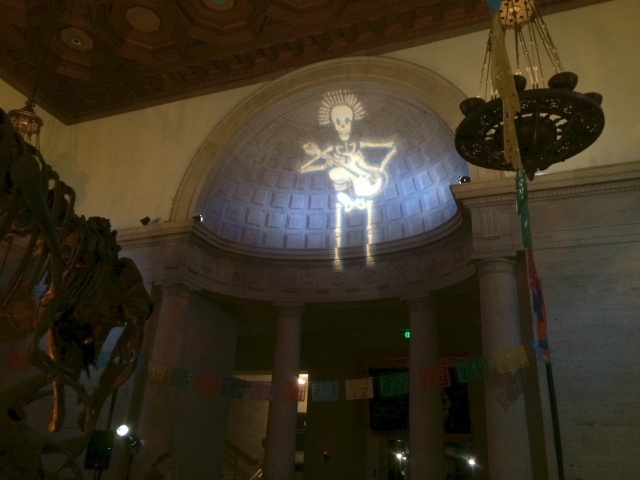Hummingbirds. The Moore Laboratory of Zoology has an impressive collection of study specimens skins from around the world of this species.
Today I had the opportunity to visit and speak with the staff about their collection while donating my American Goldfinch I’d Taxidermied. While there John, the Curator and Director of MLZ was kind enough to show me around. Their Lab Technician, Whitney also showed me some particular stand outs of their collection and spoke with me about research carried out in the lab that includes DNA sequencing. Did you know they can cut a tiny piece of the birds toe pad off and pull DNA from these study skins? Mind boggling! She explained that after 30 years the DNA shows signs of degradation but is still useful to researchers. Whitney definitely is one amazing lady with all of her knowledge. Most of what she was trying to explain to me about DNA and research was flying past my head like a Peregrine Falcon. Bad joke:/
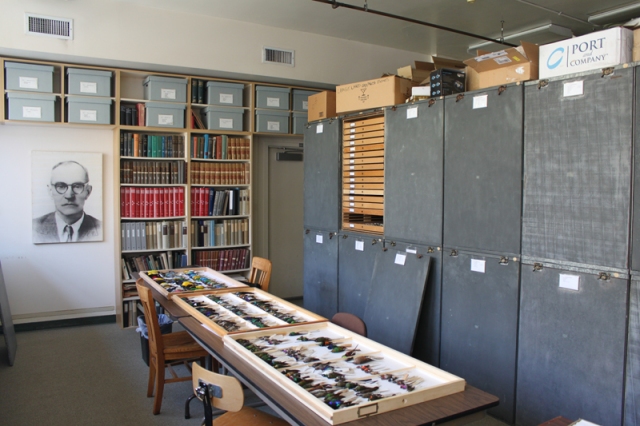
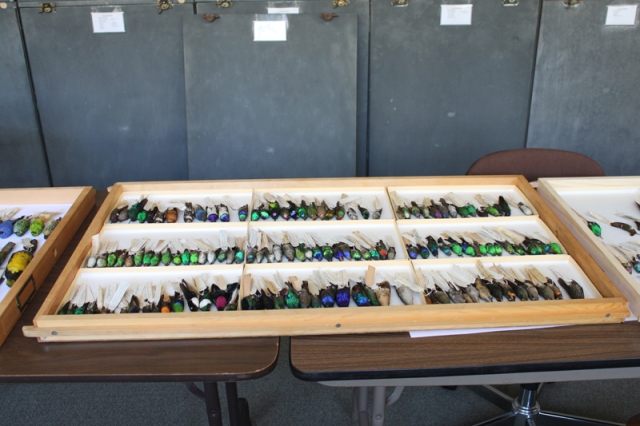
I was nerding out big time over this place even before they opened the drawers full of iridescent Hummingbirds!
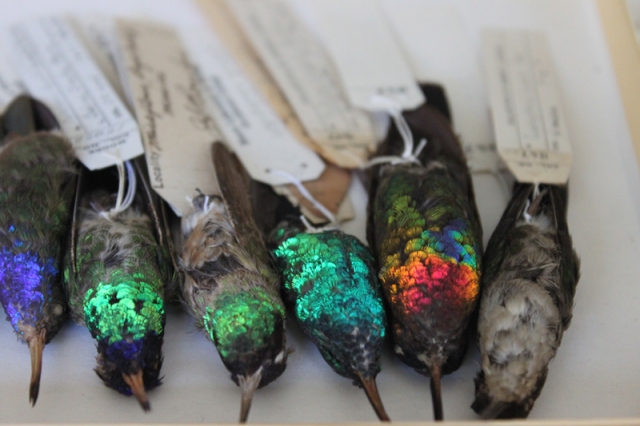
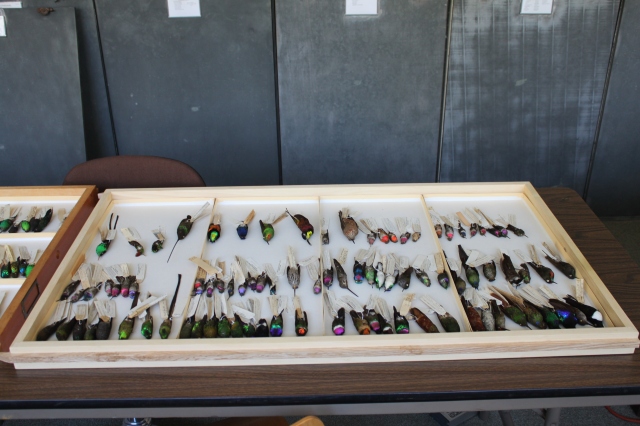
Pictured within this drawer is the world’s smallest living bird, a Bee Hummingbird. Also, the only bird in the world that has a beak longer than its body in length, a Sword-Billed Hummingbird.
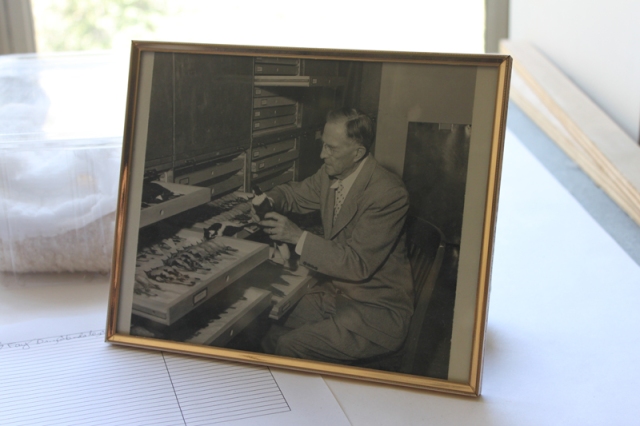
The MLZ was founded at Occidental College in 1950 by Robert T. Moore. Moore was the quintessential adventurer, naturalist, poet, and businessman, in the mold of Teddy Roosevelt. Moore moved to California from the East Coast, where he had obtained his Master’s in Comparative Literature from Harvard. Following his life-long interest in ornithology, Moore embarked on his mission to put together a physical record of Mexico’s bird diversity. Making several trips himself, but mostly through a professional collector under his employ, Chester C. Lamb, Moore amassed over 50,000 bird specimens from throughout Mexico. All specimens were originally housed in Moore’s private home in Pasadena before being moved, along with Moore’s personal library, to the Occidental College in 1951.
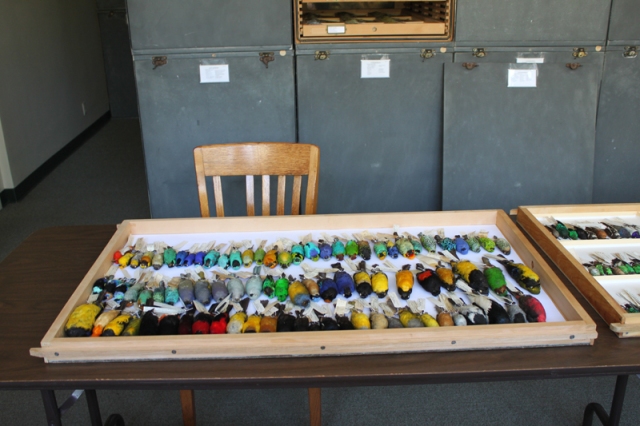
These specimens form an invaluable record of Mexican biodiversity from a time before habitats were cleared for forestry and agriculture. The MLZ collection continues to reveal its mysteries in the form of new species, and knowledge of how new species form on the rugged Mexican topography. New technologies mean that the specimens are also revealing the hidden secrets of their DNA for the first time.
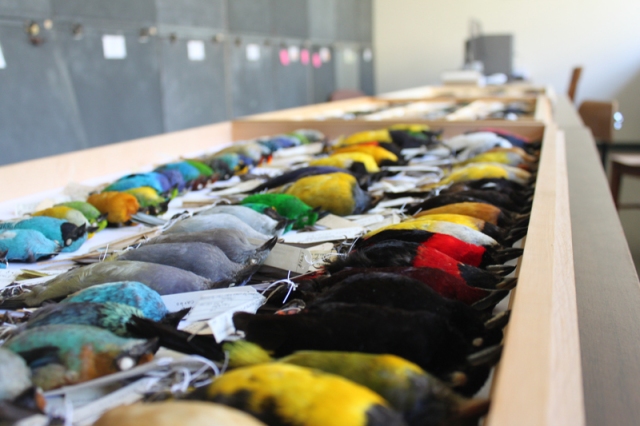
The MLZ’s collection of birds and mammals contains 62,382 bird and 2,158 mammal specimens, placing it among the world’s largest research natural history collections.
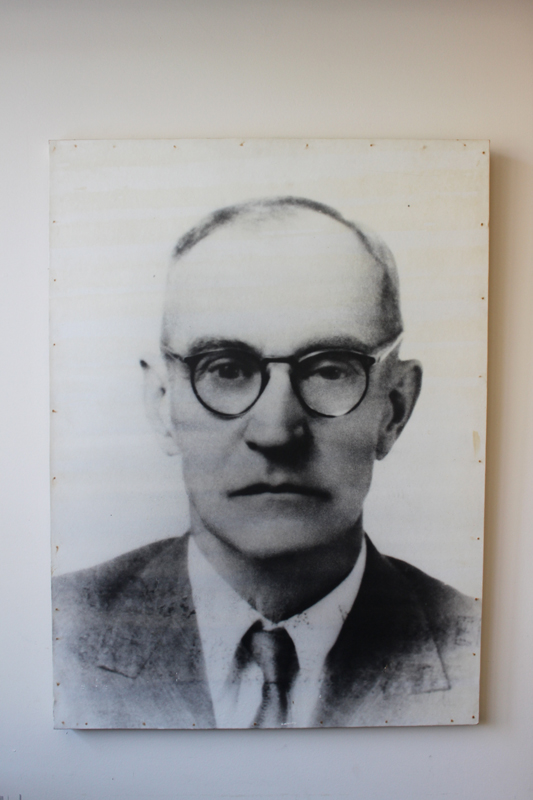
Chester C. Lamb worked for Moore from July 1933 through June 1955, a period of 22 years, and during that time Lamb collected 40,000 bird specimens, all from Mexico. Lamb’s contribution to our knowledge of Mexican bird diversity is unparalleled.
The collection is especially strong in hummingbirds (6,957 specimens), as Moore made special effort to obtain exemplars from nearly every species.
I was on bird overload today so I didn’t take notes on specific species I snapped photos of but here are some that stand out from today.
-

-
Tanagers
-

-
Pelicans
-

-
Pelican feet
-

-
Monkey Eating Eagles from Peru
-

-
These feet carry monkeys
-

-
Whitney holding a Bald Eagle
-

-
Bald Eagle feet
-

-
Albatross
-
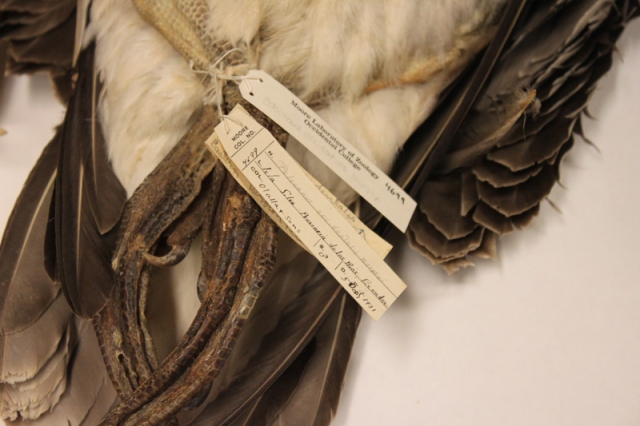
-
Albatross feet
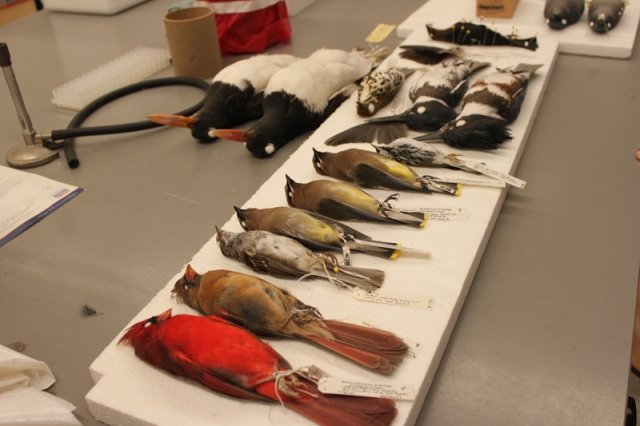
Here’s the lab where they continue to research and prepare specimens to add to the collection.
If you live in the Los Angeles area, this is a hidden gem you should check out if you are into Taxidermy, Natural History or Ornithology. Here are directions. Thanks for everything birds and staff of MLZ!









































































